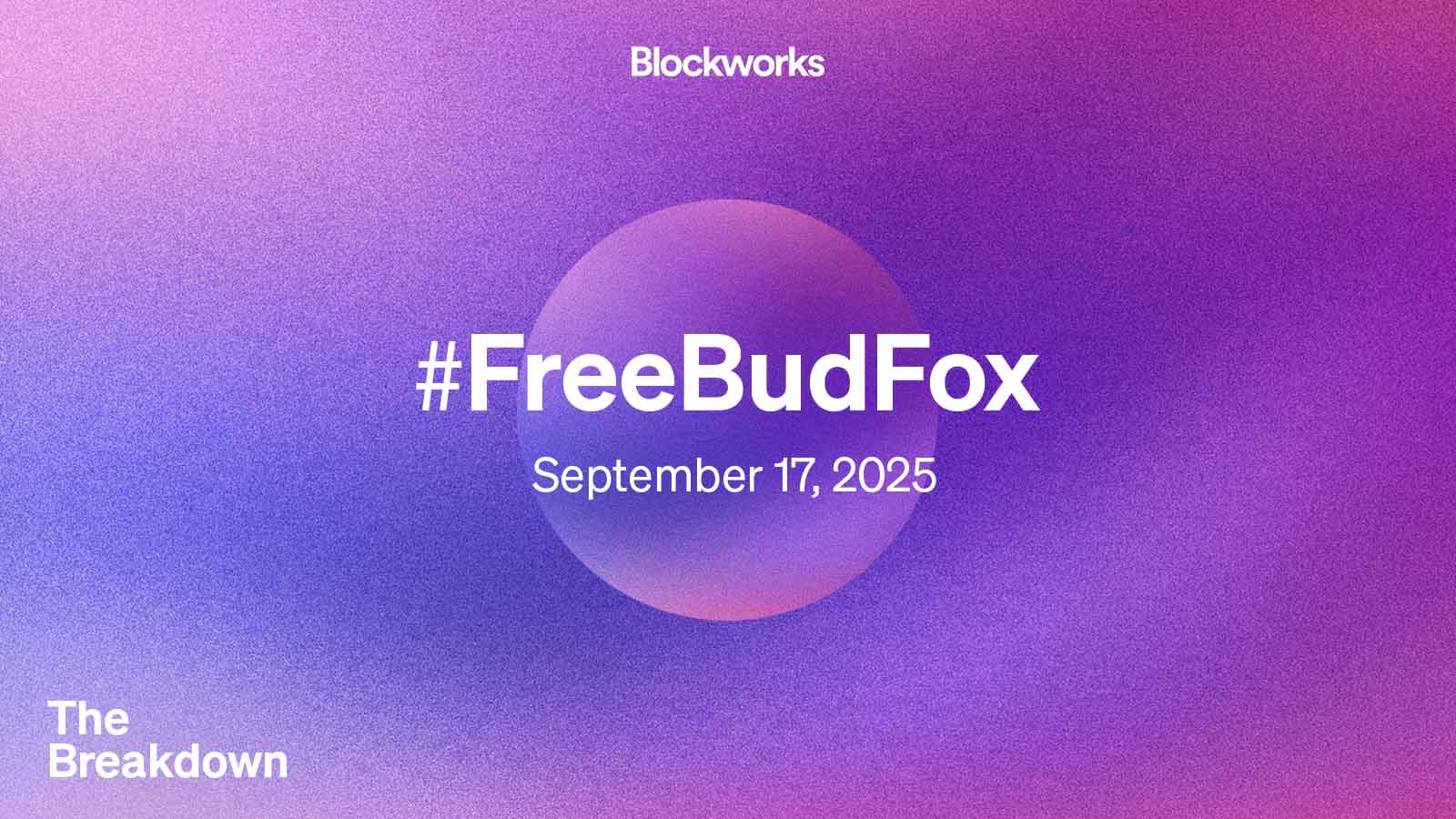AI Notetaker Turbo AI: College Dropouts’ Phenomenal Journey to 5 Million Users
BitcoinWorld
AI Notetaker Turbo AI: College Dropouts’ Phenomenal Journey to 5 Million Users
In a world increasingly shaped by digital innovation and decentralized technologies, the story of Turbo AI stands out as a testament to rapid innovation and entrepreneurial spirit. While our focus at Bitcoin World often gravitates towards blockchain and cryptocurrency, it’s crucial to acknowledge groundbreaking developments in parallel tech sectors, especially those demonstrating explosive startup growth. This is precisely the narrative of Rudy Arora and Sarthak Dhawan, two 20-year-old college dropouts who transformed a classroom frustration into a global phenomenon: an AI notetaker now serving five million users.
Turbo AI: Redefining the AI Notetaker Experience
Imagine never missing a crucial point in a lecture or meeting again. That’s the promise delivered by Turbo AI. Launched in early 2024, this innovative platform addresses a common problem: the struggle to simultaneously listen and take effective notes. CEO Sarthak Dhawan vividly recalls his personal challenge: “I would always struggle with taking notes because I just couldn’t both listen to the teacher and write at the same time.” This personal pain point became the catalyst for an extraordinary solution. The initial concept, Turbolearn, allowed users to record lectures and automatically generate comprehensive notes, flashcards, and quizzes. What began as a side project quickly transcended its academic origins, evolving into a sophisticated AI notetaker that integrates recording, transcription, summarization, and interactive study tools, including a built-in chat assistant for clarifying concepts.
From Classroom Problem to Global Solution: The College Dropouts’ Journey
Rudy Arora and Sarthak Dhawan, friends since middle school, embarked on this venture while enrolled at Duke and Northwestern universities. Their decision to become college dropouts wasn’t impulsive; it was a calculated move driven by the undeniable traction of their creation. Initially shared among friends, Turbolearn rapidly spread across prestigious campuses like Harvard and MIT. This organic adoption underscored the universal need for such a tool. While live lecture recordings were an initial use case, the founders ingeniously adapted to user feedback, allowing students to upload PDFs, YouTube videos, or readings. This flexibility proved crucial, making the platform invaluable even when audio quality was a concern. Their journey exemplifies how identifying a core problem and applying innovative technology can lead to widespread impact, even for those who choose an unconventional path.
Explosive Startup Growth: Numbers That Speak Volumes
The numbers behind Turbo AI‘s success are compelling. Within months, the platform grew from one million to five million users, demonstrating remarkable startup growth. It boasts an eight-figure annual recurring revenue and welcomes approximately 20,000 new users daily, all while remaining profitable. This rapid expansion is not merely about user acquisition; it’s about engagement. Dhawan notes, “Students will upload a 30-page lecture and spend two hours going through 75 quiz questions in a row. You don’t do that unless it’s really working.” This high level of interaction highlights the product’s efficacy in saving time and enhancing information retention. Unlike many high-growth AI companies, Arora and Dhawan have maintained a cautious approach to funding, having raised only $750,000 last year. Their profitability allows them to be deliberate, focusing on sustainable growth and user-centric development.
Beyond Academics: Turbo AI as an Essential AI Study Tool and Professional Assistant
The evolution from “Turbolearn” to “Turbo AI” signifies a strategic expansion beyond its initial academic focus. While it remains an unparalleled AI study tool for students, its utility has broadened significantly. Professionals across various fields—consultants, lawyers, doctors, and even analysts at top-tier firms like Goldman Sachs and McKinsey—have adopted the platform. They leverage Turbo AI to summarize lengthy reports, convert documents into podcasts for commute listening, and streamline their information processing. This versatility demonstrates the universal appeal of intelligent automation in knowledge work. The founders’ foresight in broadening the product’s scope has unlocked new markets and solidified Turbo AI’s position as a versatile assistant for anyone dealing with large volumes of information.
Navigating the Future: Innovation, Pricing, and Competitive Edge
Operating with a lean, 15-person team based in Los Angeles, Arora and Dhawan are committed to staying connected with their user base, particularly student and creator communities. Their pricing strategy, currently around $20 a month, is under active experimentation to accommodate the price sensitivity of students while scaling to a broader professional audience. “Right now, we’re experimenting with other pricing and running a lot of A/B tests to see what works,” explains Arora. This adaptive approach is crucial in a competitive landscape featuring other AI note-takers. However, Turbo AI differentiates itself by offering a unique balance between full automation and user control. Users can choose to let the AI take notes entirely or write alongside it, providing a flexible and powerful experience. As Dhawan proudly states, “What’s cool now is that when students think of an AI notetaker or AI study tool, we’re the first ones that come to mind.” This brand recognition, combined with continuous innovation, positions Turbo AI for continued success.
Conclusion: A Blueprint for Modern Entrepreneurship
The story of Rudy Arora and Sarthak Dhawan, the visionaries behind Turbo AI, is a powerful narrative of modern entrepreneurship. Their journey from college dropouts with a classroom problem to leading a multi-million-user platform illustrates the immense potential of AI-driven solutions and focused execution. They’ve not only built a highly effective AI notetaker but also cultivated a profitable business with sustained startup growth, proving that deep understanding of user needs, combined with innovative technology, can lead to remarkable success. Turbo AI is more than just a tool; it’s a testament to how young innovators can leverage artificial intelligence to solve real-world problems and create lasting value.
To learn more about the latest AI market trends, explore our article on key developments shaping AI features.
This post AI Notetaker Turbo AI: College Dropouts’ Phenomenal Journey to 5 Million Users first appeared on BitcoinWorld.
You May Also Like

Let insiders trade – Blockworks

Gold’s Biggest Sell-Off Ever Could Fuel Bitcoin’s Next Bull Run to $200K
